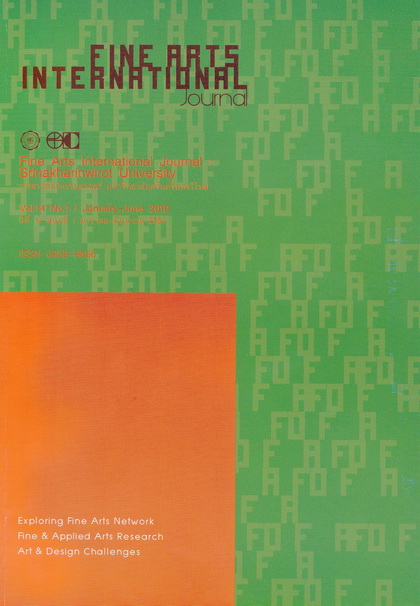The Street Painters’ Lives and Their Social Space Marking
Abstract
The study of The Street Painters’ Lives and Their Social Space Marking emphasizes its importance of the painters’ life stories that illustrate their different ways of life as well as their art enchantment. The great fascination with art has driven the painters to create their works from their own experiences until those works of art become their personal identities. The painters’lives happen along Pattaya beach, so the study aims to collect useful data by employing interviewing and observing methods. This study is to present its findings in descriptive analysis as follows.
The painters’ ways of life demonstrate their differences in educational and family backgrounds. They also represent their artist honor that has nothing to do with their status in the society. The painters just want to create the fascinating works that finally can earn a living and afford their families with no concern whether or not they are called the artists.
The street painters in Pattaya are different from the main consciousness of art circle. The painters’ identity runs under social conditions, so they have to assimilate themselves to the change of the area. The unstable economic system considerably influences their ways of life. Therefore, the painters’ identity is changeable by using the freedom of art to go on with their lives.
In conclusion, the painters’ identity has been developed from the conditions of the social structure. It results in development and stability of the society that belongs to the modern world by its own identity. Consequently, the findings of this study will be effective for other unique groups of people who are under the same social conditions.






